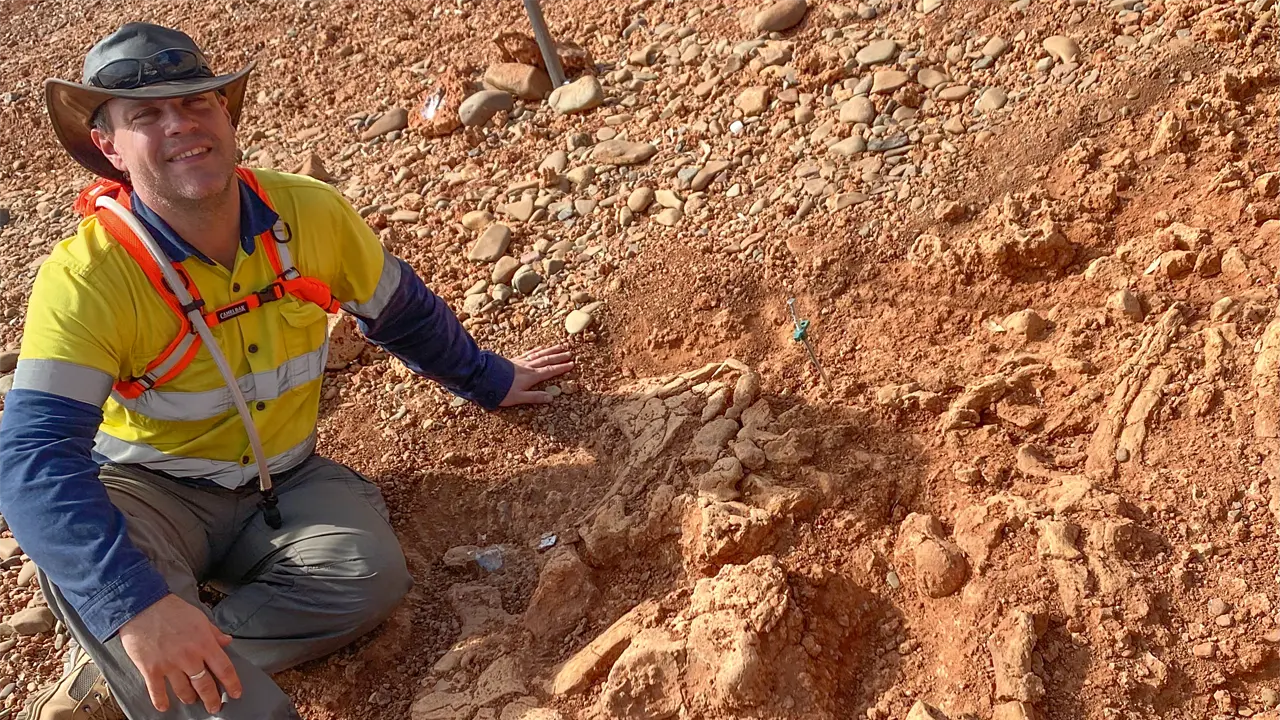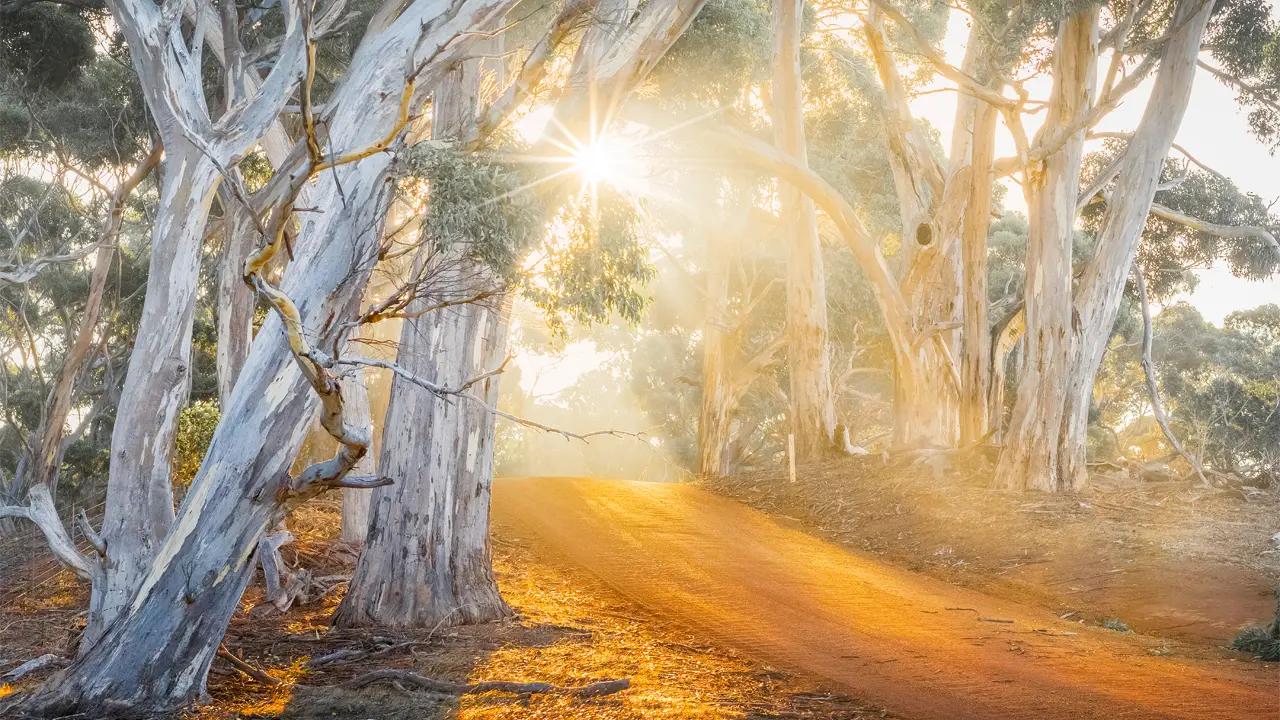Sir William Gunn courted controversy in his determination to transform the promotion and pricing of Australian wool.
Story By John Dunn
The portrait is large and solidly framed but Mary Evans carries it easily from her lounge room through the garden to the adjoining bank of the McIntyre River where the sunshine lights the subject – her father, the late Sir William Gunn. She displays it proudly, and why not, because “Big Bill Gunn” was a fine contributor to the advancement of Australian agriculture generally, and the wool industry particularly, in a lifetime of service to country Australia.
As Peter Morgan, executive director of the Australian Wool Industries Secretariat, noted on hearing of Gunn’s death: “In more halcyon days … Bill Gunn strode the industry like a colossus from the ’50s to the early ’70s”. And at the same time Warren Truss, now National Party leader, declared, “He was one of the truly great figures in the history of Australia’s iconic wool industry.”
Naturally Bill Gunn came from a rural family. He was a fourth-generation Australian and his people farmed around Goondiwindi, on the Queensland-New South Wales border, where Mary lives still, with her husband David, a cotton grower at nearby “Sylvan Plains”. The June Mendoza portrait she cares for so lovingly is just one aspect of a host of memorabilia of her father’s life, which she has gathered over the years.
The photographs, citations, letters and newspaper cuttings tell the story of a remarkable man and his work for the people of the bush. He fought doggedly for programs that he believed to be in the best interests of those who worked in the then staple products of the inland – sheep and cattle. Maybe they weren’t always right and perhaps they didn’t always succeed, but on balance Gunn was a figure who provided positive leadership and foresight at a time when such direction was needed.
His resume is impressive: chairman of the Australian Wool Board, the International Wool Secretariat and the Australian Graziers Federation; a board member of the Commonwealth and Reserve Banks, the Australian Wool Testing Authority (AWTA), the Australian Export Development Council and the Australian Meat Council; an initiator of cattle property development in the Northern Territory; a Knight Commander of the British Empire; a Companion of the Order of St Michael and St George and a Companion of the Order of Australia.
It all started far away from those heady heights – in 1914 in Goondiwindi’s small hospital. At that time the town had a population of barely 1000, and the area was not only remote but comprised tough, rough country where the vegetation was dense scrub and prickly pear and horses were the principal means of transport.
This story excerpt is from Issue #69
Outback Magazine: Feb/Mar 2010









